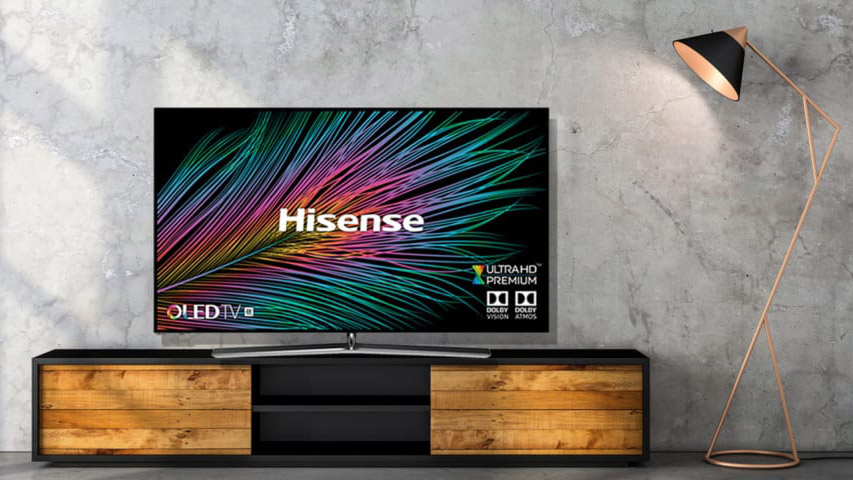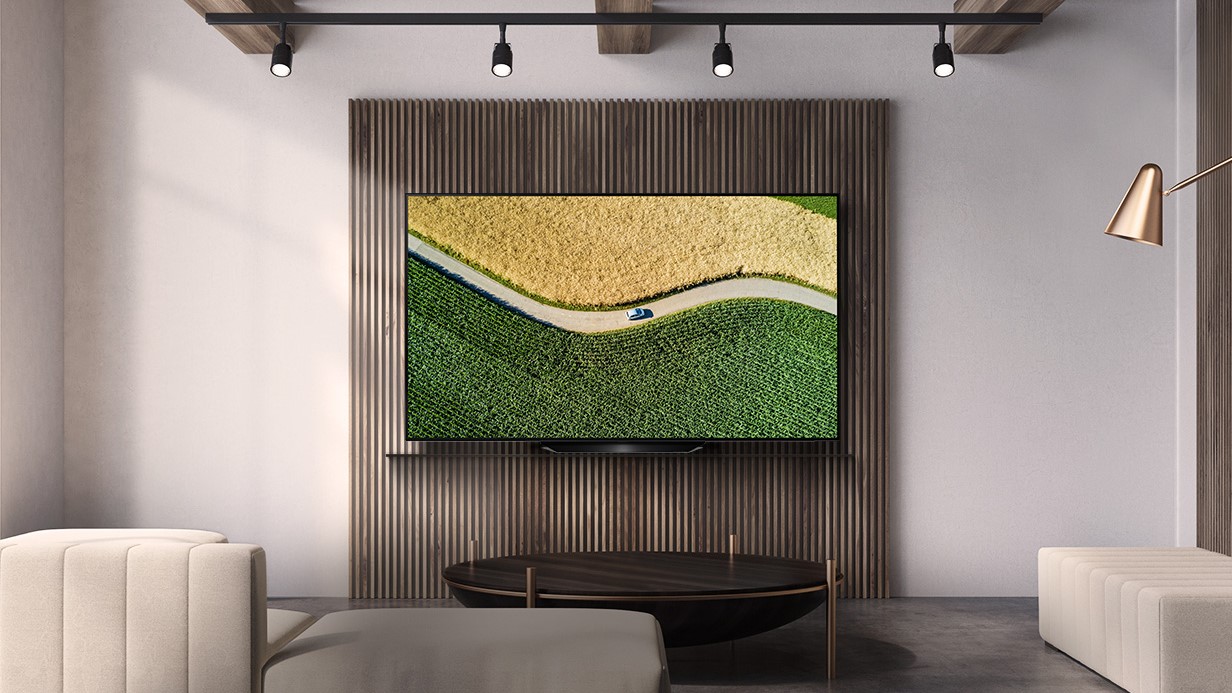Exclusive: Hisense is ditching OLED TVs
A major TV maker ditches the panel technology of the moment

It seems like everyone’s in love with OLED these days, with the panel technology only featuring more prominently in the TV lineups of Sony, LG, Panasonic, and Philips. But it looks like we won’t see another OLED TV from Hisense in the near future – if ever.
We’ve been told that Hisense will not be releasing a successor to the O8B OLED that came out last year, and will instead be looking to develop its proprietary DualCell ‘ULED XD’ panels – which fuse a 2K and 4K screen together for a crisp and high-contrast picture – as a viable alternative at a much lower cost:
“We are currently focused on making ULED XD successful due to its strong PQ (picture quality) performance and value proposition vs OLED," a Hisense representative said in a statement to TechRadar.
- Should you buy a Hisense TV?
- Hisense TV 2020: everything coming this year
- Don't care what Hisense thinks? Here are the best OLED TVs
Hisense had been expected to launch its OLED sets in the US after doing so in the UK, Australia, and parts of Europe. However, it seems that these model lines are simply to be “replaced” by DualCell sets globally, without any coming to North America at all: “OLED is not part of the US strategy at this time.”
Left out in the cold
While the Hisense O8B had seemed like the start of a new range of OLED sets for the Chinese manufacturer, it seems the set – the cheapest OLED of 2019 – was more of a one-trick pony.
That’s not necessarily a bad thing for Hisense: in our review of the O8B, we were slightly concerned over the quality of the picture processing in the set, despite its OLED panel.
But shrugging off the OLED trend in 2020, as other manufacturers continue to push the technology – and as sales gradually increase – is a bold move. That’s especially true for Hisense as OLED televisions get cheaper, given its dominance in the budget TV market. Is it giving up its slice of the pie too easily?
Get daily insight, inspiration and deals in your inbox
Sign up for breaking news, reviews, opinion, top tech deals, and more.
When the price isn't nice

The problem with OLED is that even entry-level models are still far from cheap. While Hisense managed to push the price of its O8B to below $999 / £999 during the Black Friday sales, massively undercutting the competition from the LG B9 OLED or Panasonic GZ1000, the price drops are coming slowly, and it may be that Hisense’s budget OLED gamble was simply too early.
Samsung is the most notable dissenter from today’s OLED craze, with hyper-bright QLED (quantum dot) displays that it argues offers similar levels of contrast without the dim panels of the competing technology.
Hisense also deploys quantum dot tech for its premium sets, with this year’s new H9G and H8G Quantum sets showing a continued belief in the technology. We were also told that the U8B and U7B ULEDs from last year will see quantum dot upgrades, with new U8QF and U7QF models for 2020.
While there are certainly enough TV brands still investing in OLED, Hisense is still a major player, and its decision to try out, then immediately ditch the technology is a curious one.
Some, like Samsung or TCL, are adamant that the future of television isn’t in OLED – and they’ve just gained another voice in their ranks.
Henry is a freelance technology journalist, and former News & Features Editor for TechRadar, where he specialized in home entertainment gadgets such as TVs, projectors, soundbars, and smart speakers. Other bylines include Edge, T3, iMore, GamesRadar, NBC News, Healthline, and The Times.
